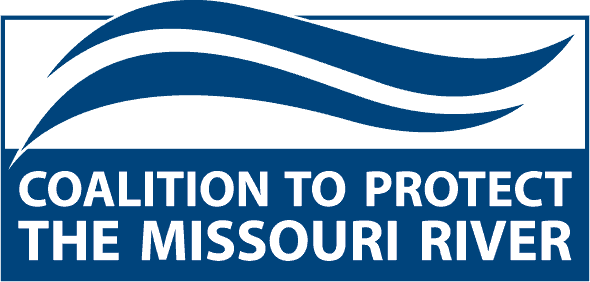Flood Control, Navigation & Utilities
- Flood control and navigation must remain as the U.S. Army Corps of Engineers’ (USACE) top two management priorities for the Missouri River. Navigation serves as an important proxy for other authorized purposes, including water supply & water quality, irrigation, hydropower and recreation.
- Efforts should be made to improve river conveyance, reduce reservoir sedimentation and add storage. Additional storage must not come at the expense of flow support for navigation and utilities.
- USACE and other federal agencies must cut red tape to quickly rebuild levees so that federal crop insurance premiums do not increase significantly.
- We support the Lower Missouri River Study authorized by WRDA 2018 designed to study river structure improvements to increase navigation reliability during low water and extend the number of days vessels can operate.
- Operations and Maintenance (O&M) appropriations should be at a minimum of $20 million annually and at least equal to appropriations for Endangered Species Act projects.
- Priority should be given to increasing navigation safety by repairing dike notches and chutes, which diverts flow from the navigation channel and can increase flood risk through bank erosion.
Missouri River Recovery Program/Master Manual
- We are concerned about impacts to commercial sand dredging and navigation from USACE’s planned construction of 12 interception & rearing complexes (IRC) and 12 control sites to aid pallid sturgeon recruitment on the lower Missouri River. The broad number of structures and extensive distribution do not align with the adaptive management process designed to test theories and implement potential solutions on an incremental scale.
- As a follow up to WRDA 2018 IRC language, we support additional language in WRDA 2020 requiring USACE to annually/biannually submit a report to Congress outlining possible impacts of IRCs on congressionally-authorized purposes and effectiveness on pallid sturgeon propagation. Our proposed legislation also requires USACE to make much-needed repairs to MRRP legacy sites.
- USACE has announced they will be making “administrative” changes to the Master Manual at least every 10 years. A future change could be conveniently categorized as “administrative” and be harmful to our interests. USACE should be required to consult with Missouri River Basin governors before making changes to the Manual. If a governor feels that the proposed change is substantial, a NEPA analysis and public comment period would be required.
